For centuries, jewelry has been more than just an adornment. While many people view earrings as a fashion accessory, especially in today’s world, the history and meaning behind men wearing earrings tell a story far richer and more complex. From ancient traditions and social status to modern identity and personal expression, earrings have played an evolving role in male fashion across cultures and time periods.
In recent years, there has been a visible resurgence in men wearing earrings—on the street, in the workplace, in entertainment, and even on red carpets. But what does this small piece of jewelry really represent?
A Historical Perspective: Men’s Earrings Are Nothing New
Contrary to common belief, the trend of men wearing earrings is not a modern development. In fact, archaeological evidence suggests that earrings have been worn by men for over 5,000 years.
According to historians and artifacts found in ancient civilizations, men in Mesopotamia, Egypt, and Persia wore earrings as early as 3,000 BCE. These accessories often symbolized social status, wealth, and power. For example, ancient Egyptian nobles and pharaohs wore gold earrings to indicate their elite status in society (The Metropolitan Museum of Art).
In ancient Greece and Rome, earrings continued to be worn by men, especially those of noble or aristocratic backgrounds. These were often made of precious metals and embedded with gemstones to reflect one’s prestige and affluence.
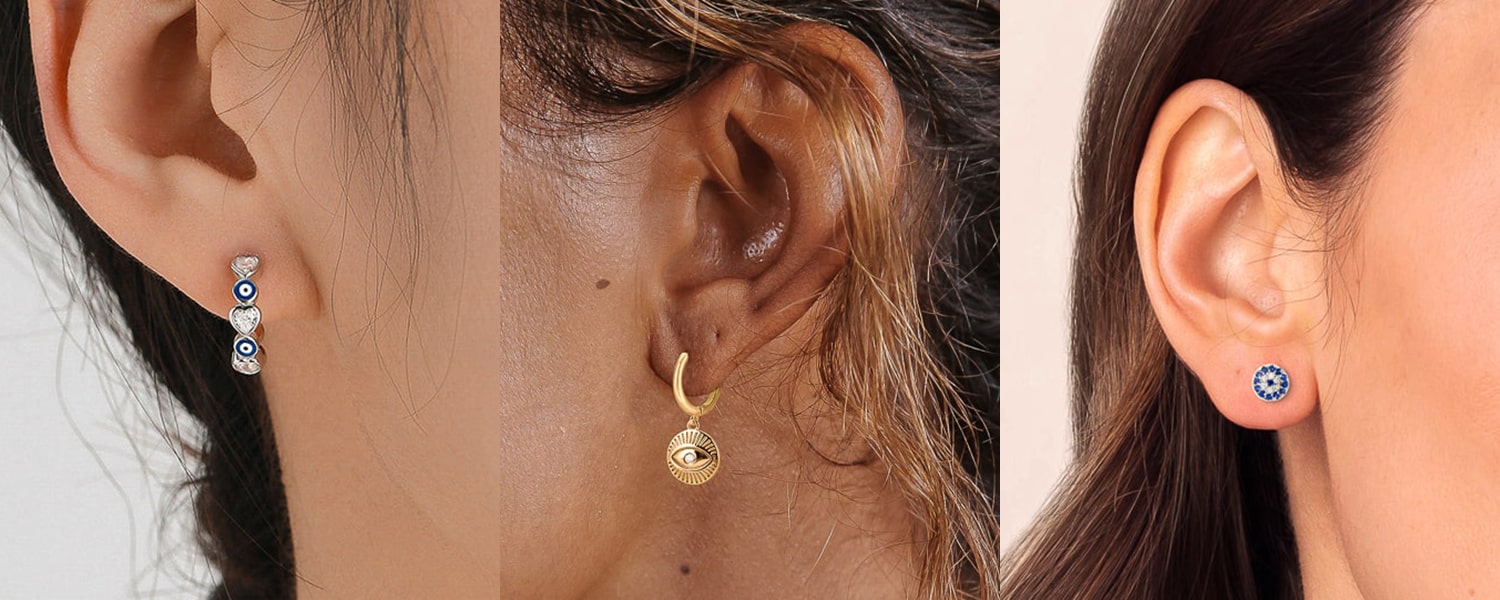
Cultural Symbolism Around the World
The meaning of men’s earrings has varied greatly depending on cultural context:
- India: In Hindu tradition, men’s earrings (called Karn Phool) were worn as part of spiritual and cultural identity. Ancient scriptures mention men of noble birth wearing gold earrings as part of rituals and ceremonies. In some regions of India, earrings on men were believed to offer protection and align with Ayurveda principles (Ministry of Culture, Government of India).
- China: Historical records show that during the Tang Dynasty (618–907 AD), both men and women wore earrings. Men’s earrings in ancient Chinese society sometimes indicated rank or military service.
- Africa: Among various African tribes, men’s earrings often symbolized tribal affiliation, warrior status, or rites of passage. For example, Maasai men in Kenya traditionally stretch their earlobes with large earrings to demonstrate strength and maturity.
- Pirates and Sailors: In maritime history, sailors often wore gold earrings for superstitious and practical reasons. Some believed earrings could prevent seasickness, while others wore them so that, if they died at sea, the earring could cover the cost of a proper burial. This was especially prevalent during the 16th to 18th centuries (Smithsonian National Museum of American History).
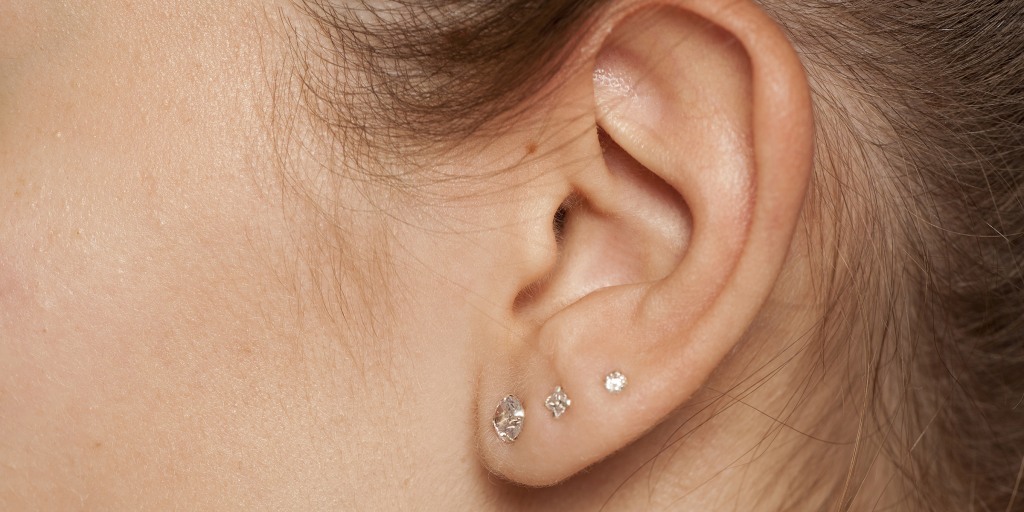
The Modern Revival: Fashion, Identity, and Cultural Expression
In the 20th and 21st centuries, men’s earrings have experienced both acceptance and controversy—depending on time, place, and cultural norms.
- 1970s–1980s: Earrings became a symbol of rebellion and individuality in Western fashion, often associated with rock stars, punk culture, and countercultural movements. Artists like David Bowie and George Michael helped bring earrings into mainstream male fashion.
- 1990s: A common urban myth in parts of the U.S. suggested that the ear a man pierced could indicate his sexual orientation. However, this has since been widely discredited and considered an outdated stereotype with no factual basis. Today, people of all genders and orientations wear earrings in either or both ears without implying any particular meaning.
- 2000s–Present: Modern celebrities such as Harry Styles, Cristiano Ronaldo, and Pharrell Williams have helped normalize earrings as part of men’s everyday fashion. Earrings are now commonly seen as a form of self-expression, irrespective of gender. Designers and high-fashion brands frequently include men’s jewelry in their collections, further pushing the trend into mainstream culture (Vogue).

Style and Symbolism Today
In modern society, men wear earrings for various personal and cultural reasons, such as:
- Fashion and Aesthetics: For many, it’s simply a matter of style. Earrings can complement an outfit or enhance one’s personal look. From small studs to elaborate hoops, the variety of styles has expanded dramatically.
- Cultural Heritage: In many communities, earrings continue to carry cultural significance. Wearing them is a way to maintain ties with ancestral customs and identity.
- Personal Expression: In today’s global culture, individuality is often celebrated. Earrings can be a way for someone to express their unique identity, creativity, or beliefs.
- Spiritual Significance: Some individuals wear earrings as part of their spiritual or religious beliefs, often in alignment with longstanding traditions.
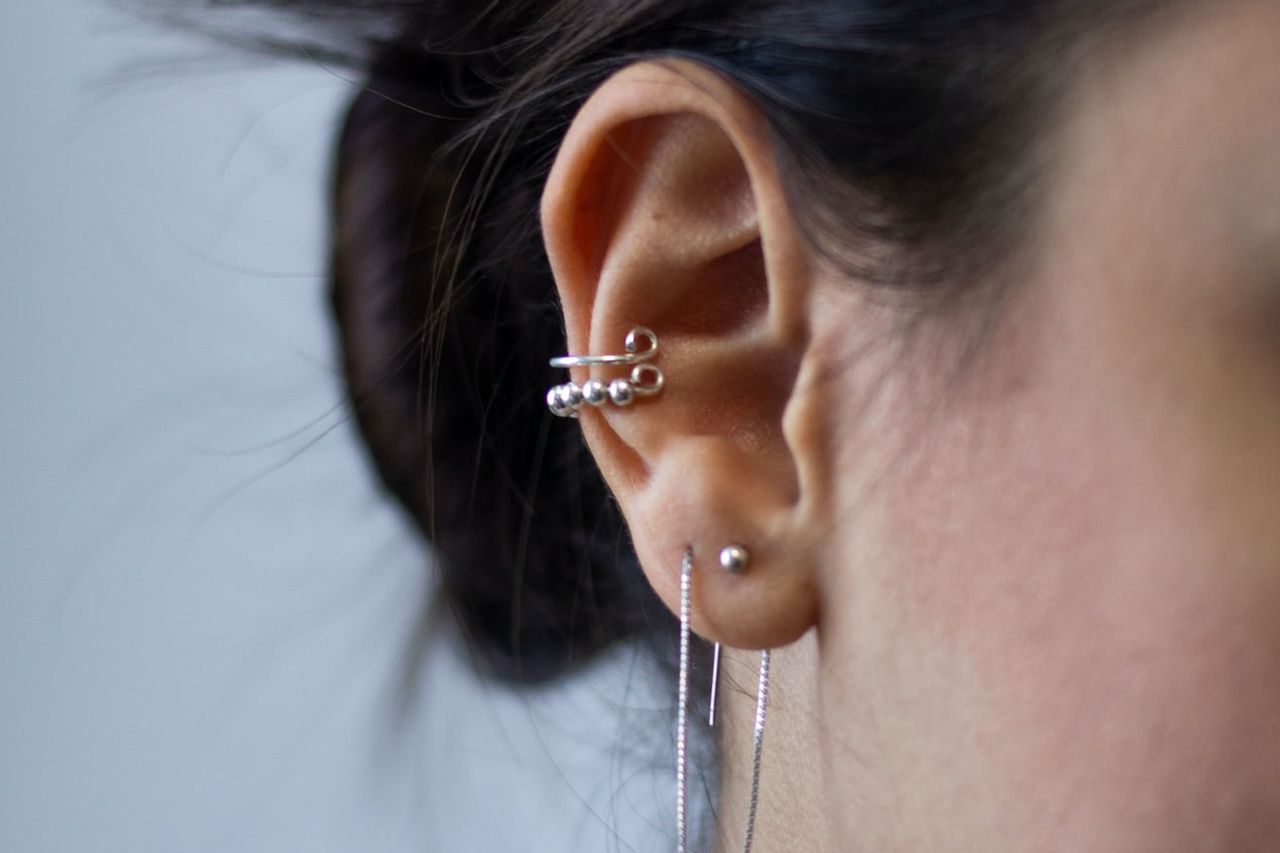
Is There a “Correct” Ear for Men to Pierce?
One recurring question in discussions about men’s earrings is: “Which ear should a man pierce?”
The short answer is—either, both, or none at all. It’s a personal choice.
The outdated notion that one ear signifies a certain meaning has no scientific or culturally consistent basis. Today, earrings are widely recognized as gender-neutral accessories worn according to personal taste rather than symbolic interpretation.
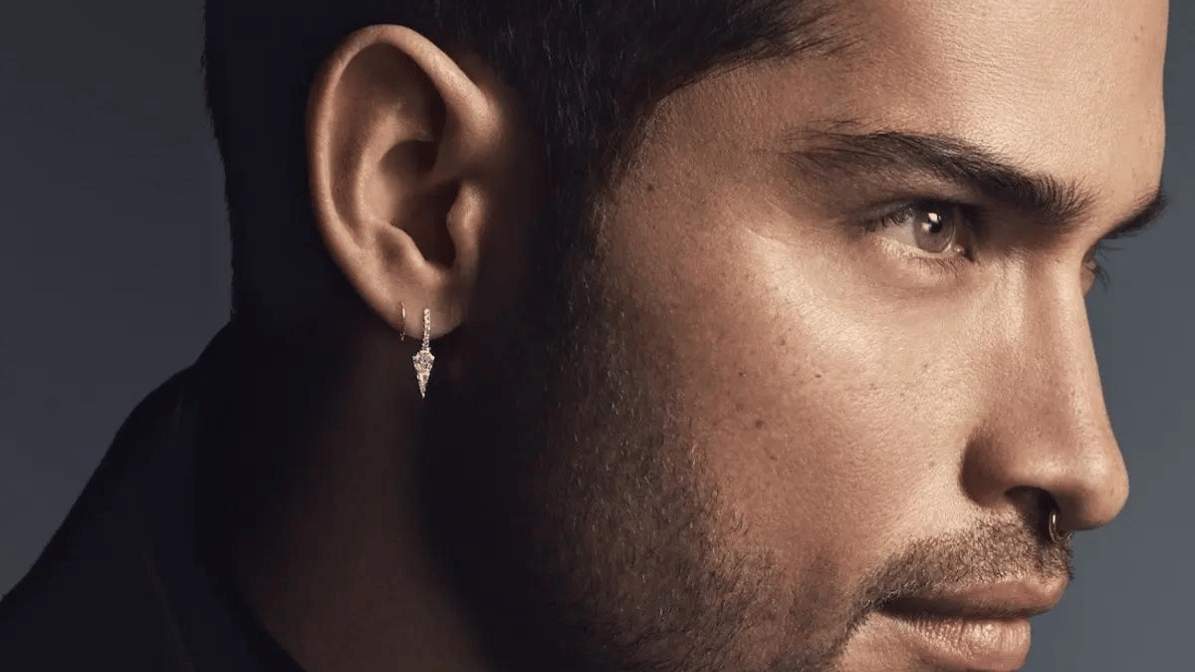
Workplace Acceptance and Social Norms
As workplace cultures evolve, so do dress codes and expectations. In industries that value creativity and innovation—such as tech, design, and media—earrings on men are generally accepted. However, in more traditional sectors such as finance or law, expectations may vary based on company policy or cultural norms.
Still, surveys suggest that attitudes toward men’s earrings have become more positive in recent years. A 2021 study by Pew Research Center indicated that younger generations, particularly Gen Z and Millennials, are significantly more open to fashion fluidity and gender-neutral expression than previous generations (Pew Research).
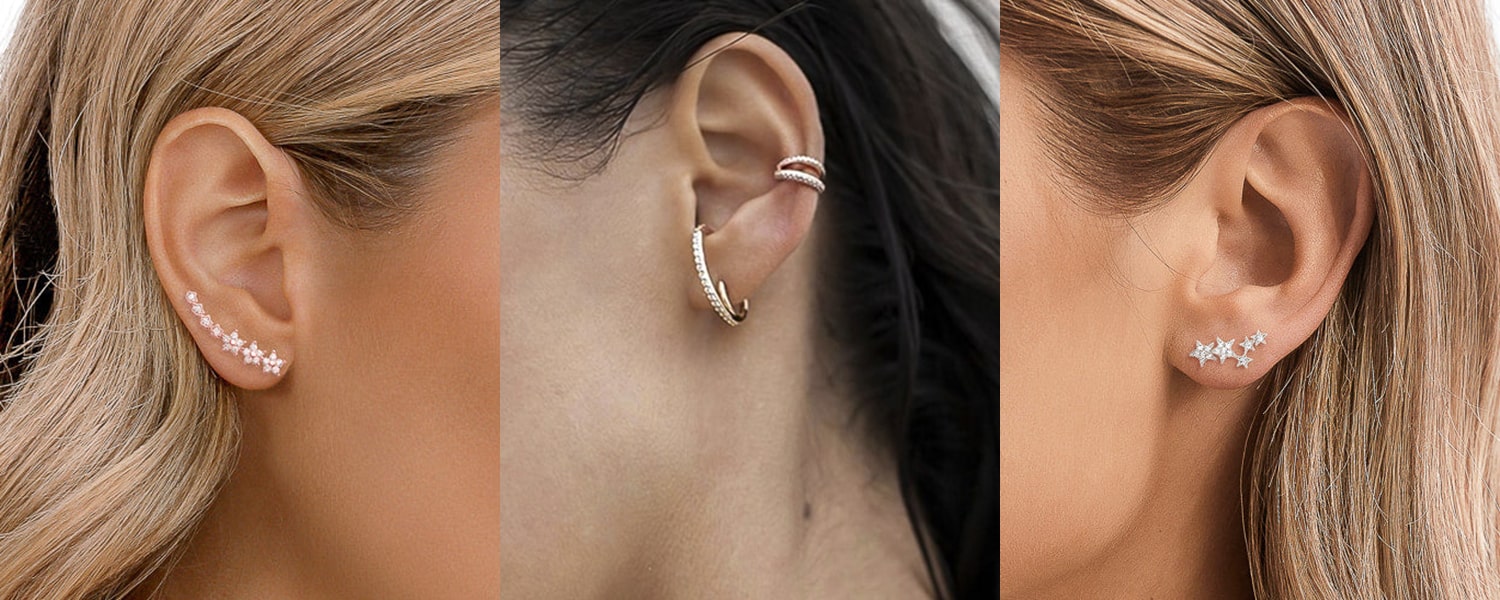
Final Thoughts: More Than Just a Trend
Earrings on men are far from a passing trend. Their rich history spans thousands of years and includes roles in culture, religion, fashion, and identity. What may appear to be a small detail on the surface actually carries centuries of meaning—from royalty to rebellion, tradition to trend.
Today, earrings are a canvas for personal storytelling. Whether worn for style, tradition, or self-expression, they serve as a reminder that individuality has always had a place in the narrative of human history.
Sources and References:
- The Metropolitan Museum of Art – Ancient Jewelry Collections
- Ministry of Culture, Government of India – https://www.indiaculture.nic.in
- Smithsonian National Museum of American History – https://americanhistory.si.edu
- Vogue Magazine – https://www.vogue.com
- Pew Research Center – https://www.pewresearch.org
- Liu, J., et al. (2014). Journal of Vision – Perceptual Illusions and Cultural Interpretation
https://jov.arvojournals.org
